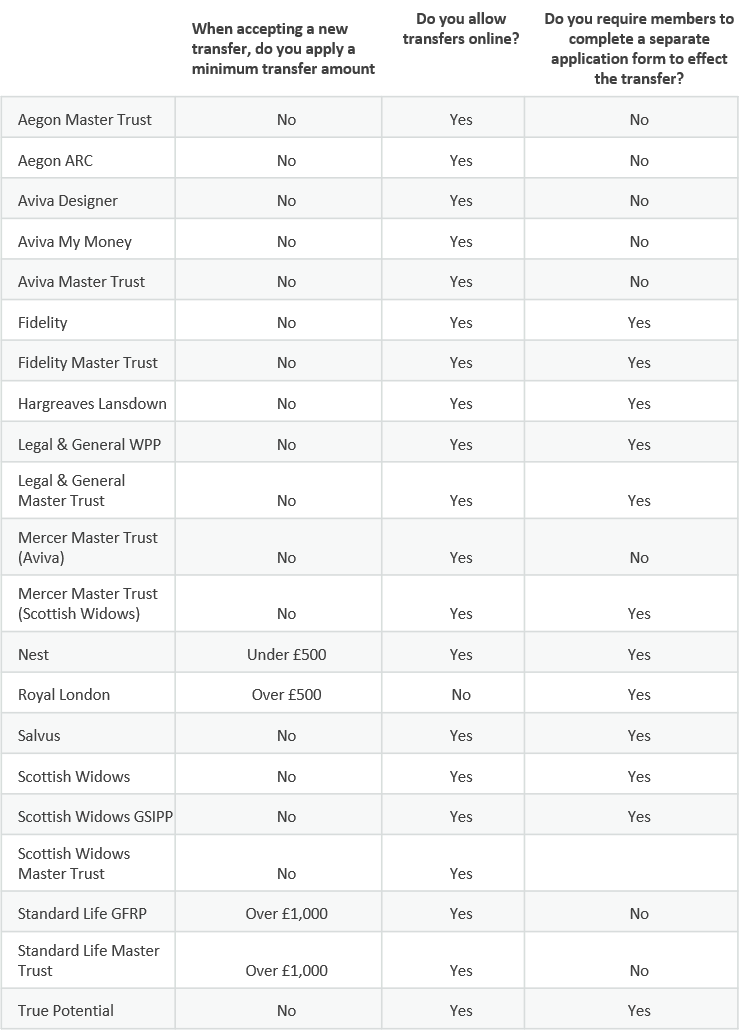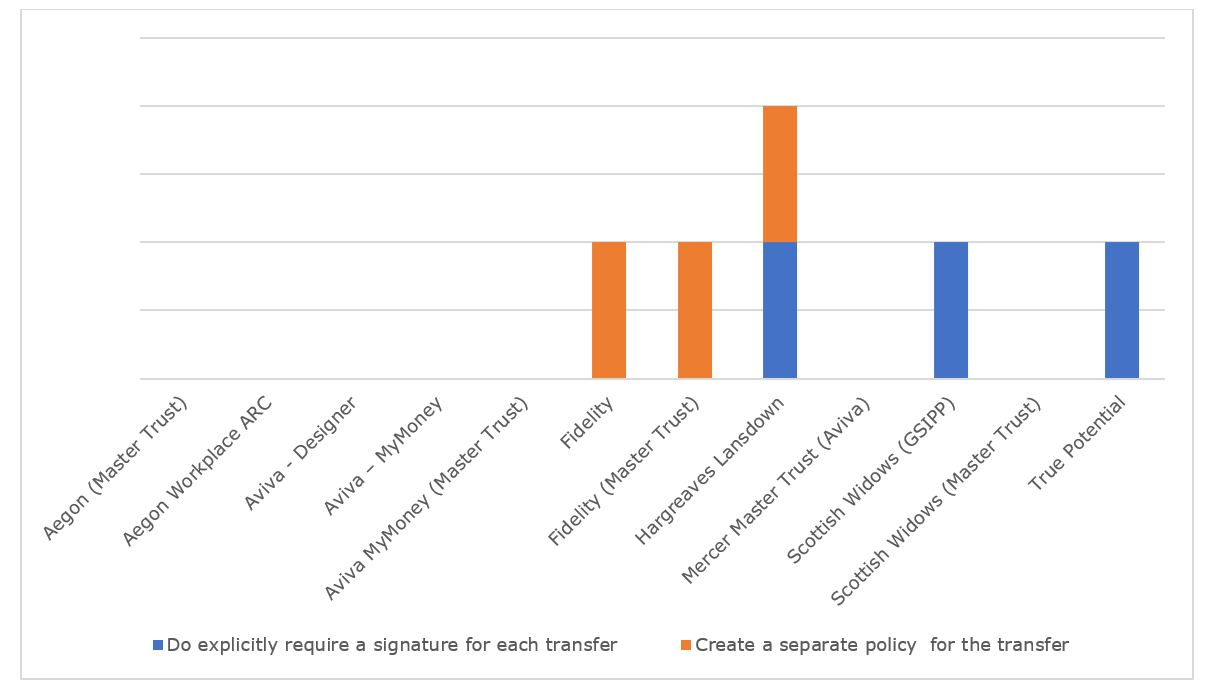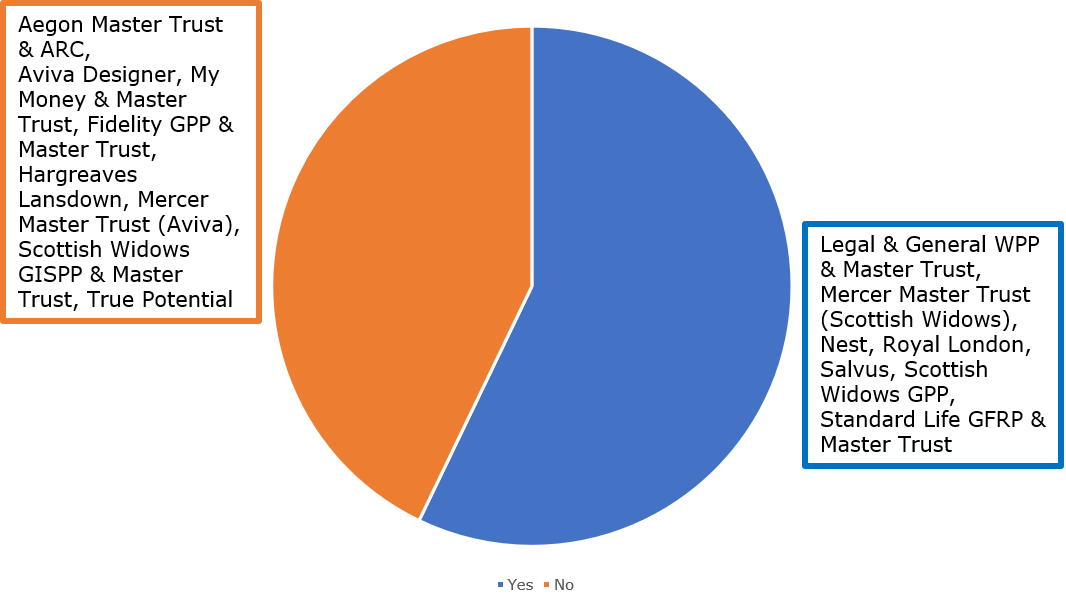Life isn’t static, so people’s circumstances do change. For advisers in the workplace pensions market, it means there are times when it is necessary for employers or scheme members to move to a different pension provider.
Transfers from defined benefits (final salary schemes) to defined contribution schemes have hit the headlines in recent years due to the mis-selling that affected members of the British Steel scheme. This led to greater regulatory scrutiny of DB to DC transfers and the advice process surrounding them.
However, sometimes a transfer will involve switching from one DC provider to another DC provider– for example, if any employer is not happy with the current level of service they are receiving from their existing provider, or if their adviser has carried out the annual governance review and believes that there is a more suitable, or even cheaper alternative. if an employee changes job or a company is sold to another firm that uses a different provider.
To achieve a successful transfer, advisers and their clients need to understand what each provider allows, as they usually do things differently.
All of the 21 propositions in our table accept transfers in and the vast majority have no minimum requirements for this. Four propositions have a minimum, of which NEST has the lowest at under £500. The two Standard Life propositions have the highest minimum at over £1,000, while Royal London occupies the middle ground at over £500All bar one provider – Royal London – allow members to transfer online.
Most providers require members to complete a separate application form for transfers. However, eight propositions don’t have this requirement and these are run or administered by four insurance companies – Aegon, Aviva, Mercer and Standard Life.

Bulk transfers usually happen when a workplace pension scheme, or part of it, is wound up so the pension funds of a group of employees are transferred to a new scheme. The first thing advisers need to look at when helping employers through this process is whether providers accept bulk transfers from final salary schemes, defined contribution schemes or both.
Our data shows most providers, other than NEST currentlyoffer a bulk transfers for final salary and DC schemes.
Accepting bulk transfers in and out of DC schemes is a common feature among providers. The majority – 13 propositions – don’t explicitly require a signature for each transfer, which should save time.
Most propositions do not create a separate policy for the transfer, which should also speed up the process as there is less paperwork. Propositions from Fidelity and Hargreaves Lansdown are the only ones that create separate policies for bulk transfers.

It is perhaps surprising that not all providers offer electronic tracking for transfers. A fair number – 12 out of the 21 propositions listed below – enable electronic tracking but that leaves a sizeable portion that do not. However, those that say they do not provide electronic still use digital methods, although inevitably they do most of the work manually.

Drilling deeper, there is a wide variation between providers in how they are tracking different parts of the transfer process electronically. Providers are using different electronic methods for different pieces of information. This may suggest that some methods are seen as more suitable for some parts of the transfer process than others, depending on the particular providers’ views and business models.
It is however encouraging to see that all provides in our research have adopted the Orgio Pension Transfer service and are using this for both transfer’s in and out.
As the table below highlights DocuSign and Adobe Sign are by far the most common technology used by most providers, however Royal London and True Potential can support all 11 electronic signature providers we have identified.







